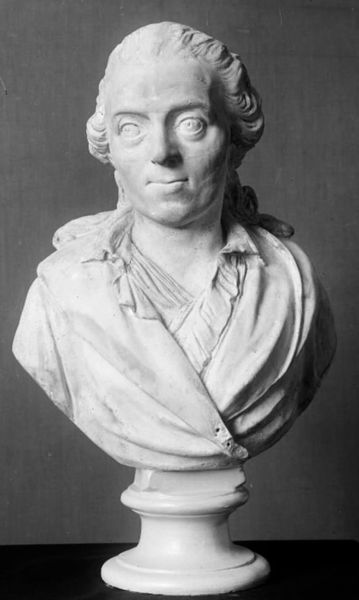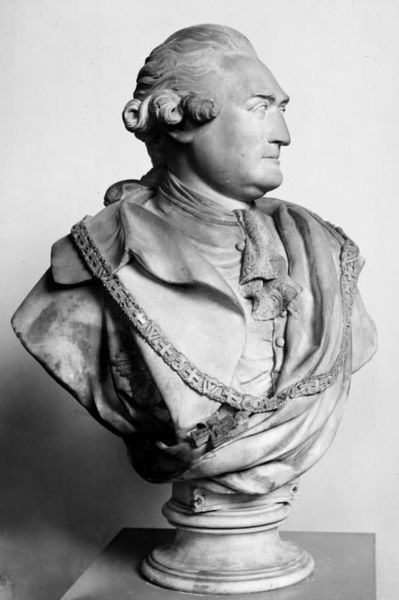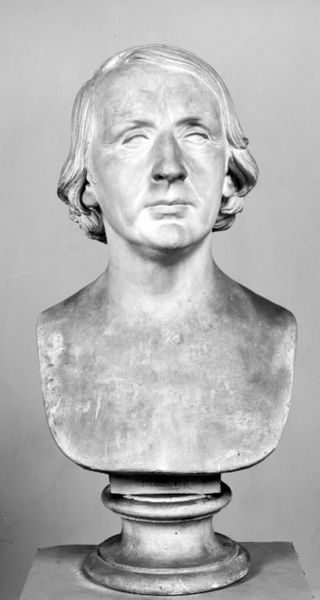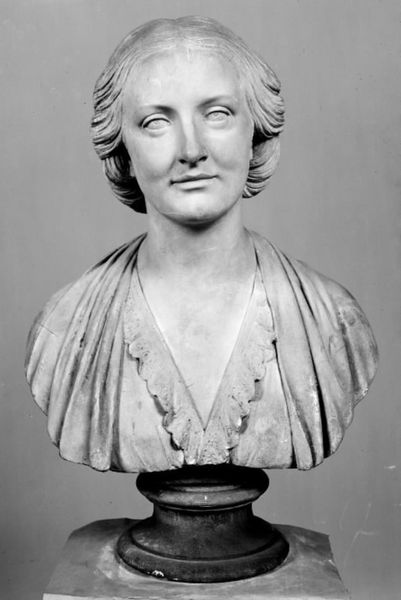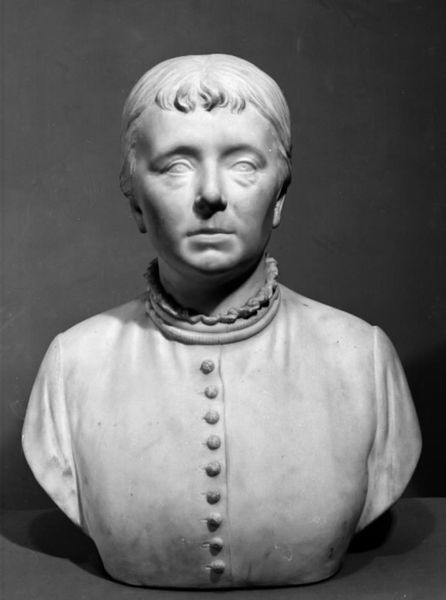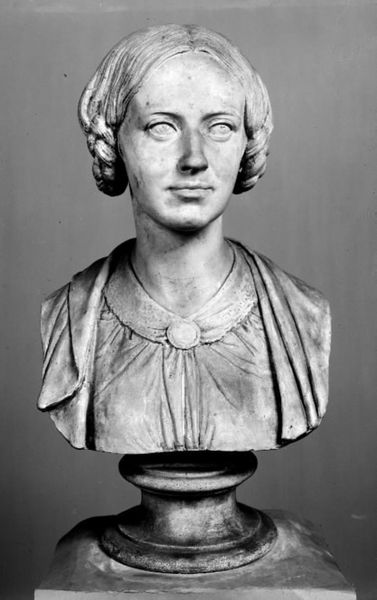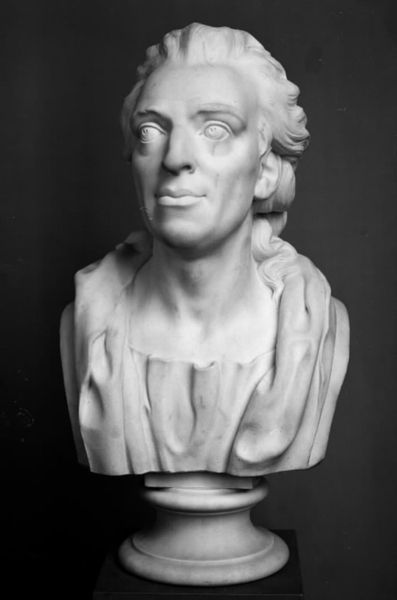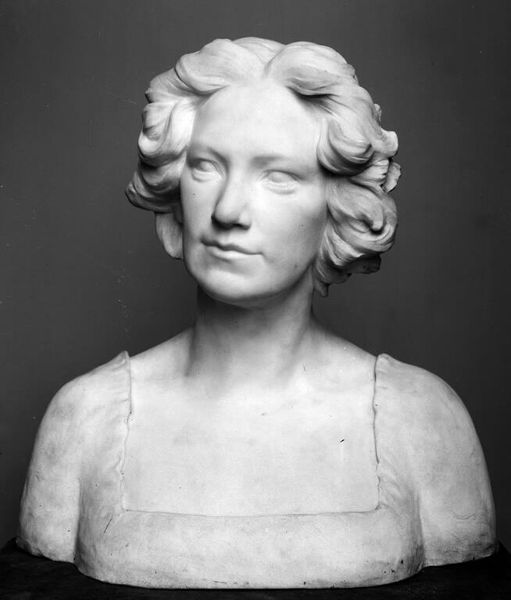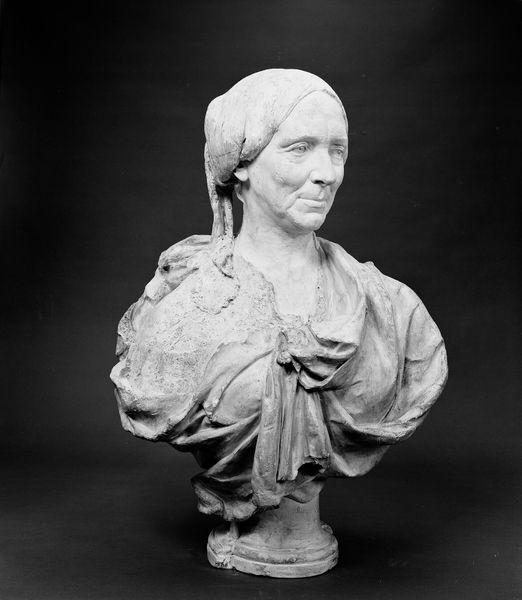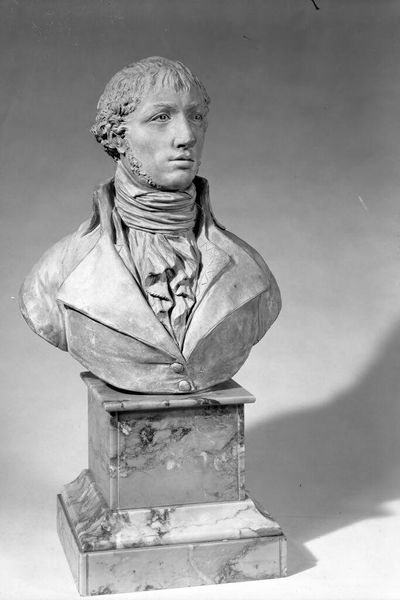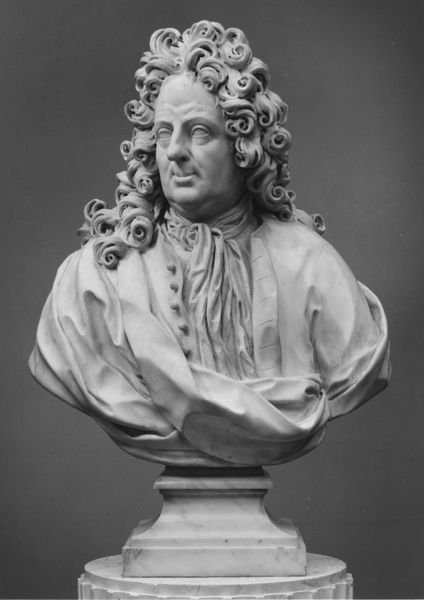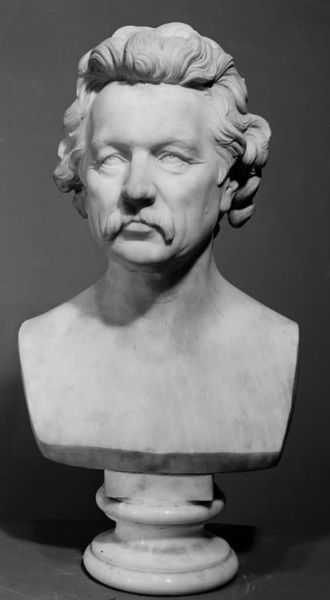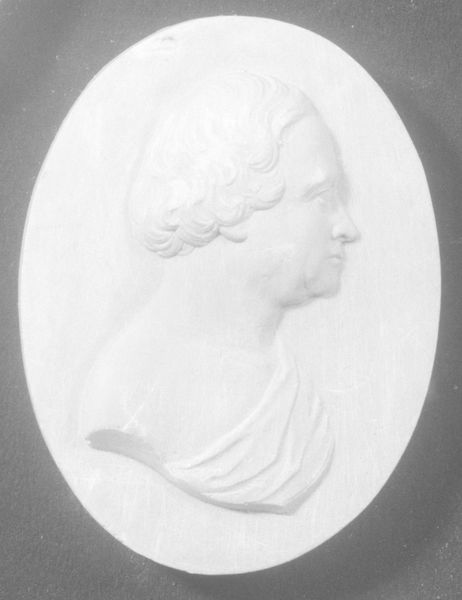
sculpture, marble
#
portrait
#
neoclacissism
#
sculpture
#
sculptural image
#
sculpture
#
history-painting
#
marble
Dimensions: 85 cm (height) x 63 cm (width) x 17 cm (depth) (Netto)
Editor: This is “Relief for the Tomb of a Geographer,” created between 1769 and 1773. The artist is Dominique Rachette, and it's a marble sculpture here at the SMK. I'm really struck by how the artist manages to capture such detailed musculature and drapery in the relief format, almost three-dimensional. What do you see in this piece? Curator: Primarily, I see a masterful demonstration of Neoclassical principles at play. Observe the subject's serene expression, typical of the movement's emphasis on rationality and order. Notice how the lines are clean and precise, devoid of excessive ornamentation; how the folds in his turban and shirt suggest classical statuary we admire from antiquity, further promoting a sense of idealized form. Can you identify any compositional elements that underscore this pursuit of ideal form? Editor: Yes, I see it in the overall symmetry, the figure centered within the frame, the globe, and how the arc above him is almost mirroring his pose. Does this restrained approach convey anything about the subject matter? Curator: Indeed. The restraint directs focus towards the intrinsic qualities of the man. He is embracing science and reason. Rachette sculpts the globe with almost tactile precision to be held within his embrace as this man's domain of knowledge. The smooth marble and polished surface emphasizes clarity, reason, and truth, key elements the Geographer’s tomb should embody. Note how different materials produce a very different feel and communicate particular characteristics, or meaning. Editor: So, the deliberate material choices, such as polished marble, play into the overall composition to show these ideals of Neoclassical values? Curator: Precisely. The work exemplifies how form and material intersect to create a powerful representation of intellect and reason. The artwork’s formal structure is arranged to direct a specific understanding, that has informed a good amount of sculpture since. Editor: I’ve never considered a sculpture could reflect broader ideals with the material itself, but this really highlighted those subtle, yet important qualities. Curator: It highlights how focusing on form opens the doorway to appreciating the layers embedded within the artwork.
Comments
No comments
Be the first to comment and join the conversation on the ultimate creative platform.

